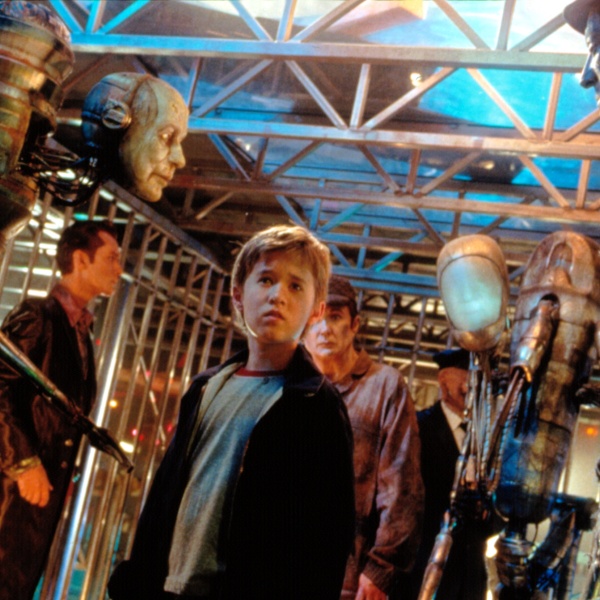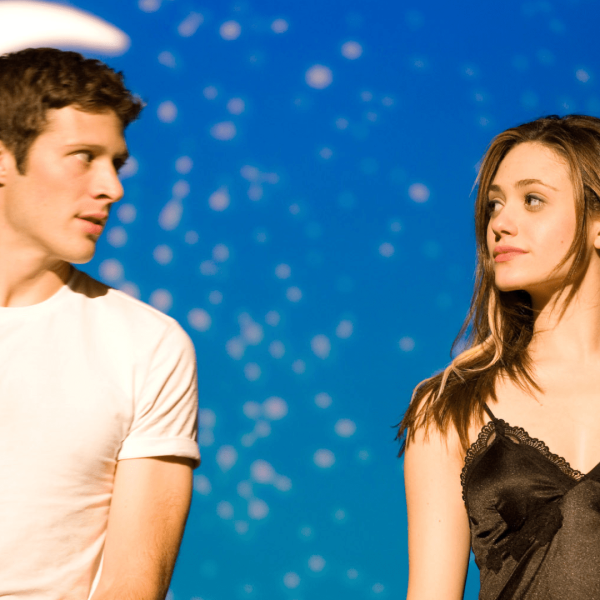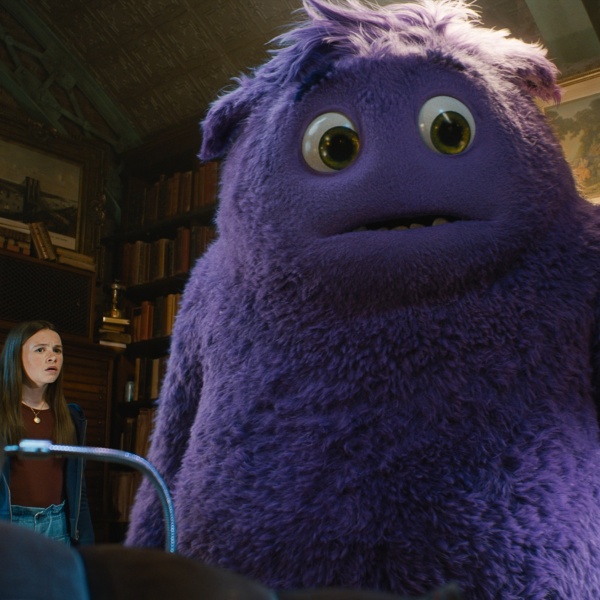
Disaster — an eternally popular obsession of film. Audiences have turned up in droves over the last century or so to watch mankind against their own extinction in the form of meteorites, earthquakes, alien invasions, exploding suns, planetary collisions, and whatever it was that was happening in “The Core.” One of the more popular hypotheses is that when the end comes — and it will — it’ll be not with a bang, but with a whimper. And that’s what Steven Soderbergh has examined in “Contagion,” his first studio film since 2007’s “Ocean’s Thirteen,” that finds the spread of a deadly bird flu-type virus the source of man’s demise.
It starts off as Beth (Gwyneth Paltrow) returns to her husband (Matt Damon) from a business trip from Hong Kong feeling a little peaky. People all over the world are infected: a Ukrainian model in London, a Japanese businessman, a young man back in Hong Kong. Soon, it appears that the virus is something that’s never been seen before, and we meet the men and women desperately trying to stop it in its tracks — doctors (Laurence Fishburne, Kate Winslet, Marion Cotillard, Jennifer Ehle, Elliot Gould, Demetri Martin) and authority figures (Bryan Cranston, Enrico Colantoni) — as well as a number of other characters’ view of the disaster, like Damon, immune to the disease’s effects, watching society implode in Minnesota, and Jude Law, an opportunistic Australian blogger in San Francisco.

In many ways, the film is Soderbergh’s answer to the disaster movies of the 1970s — “Airport,” “The Towering Inferno,” “The Poseidon Adventure,” etc. — using a starry cast as a shorthand to keep the dozens of characters from getting lost in the fray. Of course, it’s not some overblown, effects-laden blockbuster like those films, although it’s positively huge in scope and scale. Instead, the film’s trump card is that Soderbergh (reuniting with “The Informant!” writer Scott Z. Burns) keeps everything terrifyingly plausible. Burns clearly meticulously researched his screenplay, and you imagine that, should a similar virus ever hit, this is more or less how things will go down. The medical jargon is used sparingly but convincingly, and you’re never left adrift by the science or the politics.
Some may feel that with so many characters to look at, none ever quite come to prominence, but the point is that the virus is essentially the film’s central character. Not that the characters are paper thin, most if not all being given at least a couple of moments to make them into living, breathing people. Soderbergh creates a kind of tapestry of illness and panic, and the structure works like a charm, the film moving like a train, crossing continents and characters in a cut — if nothing else, you’re unlikely to ever be bored. 
It’s not simply a thriller, though (in fact, it’s closer to a horror film, genre-wise). Soderbergh and Burns have bigger things on their minds, most notably the nature of how information spreads in the Internet age. The secondary threat that the characters face is the way that rumor and misinformation can cross the globe in the click of a mouse, principally thanks to Law’s character, who’s told by Elliot Gould’s character in the film’s best line that, “Blogging isn’t writing, it’s graffiti with punctuation.” They might be sticking the knife in a bit to the Web 2.0 generation (we’ll forgive them, if only because they thankfully use Law’s character to skewer alternative medicine at the same time), but it’s really people in general that are at fault — an indiscreet warning from Fishburne to his wife (Sanaa Lathan) comes back to bite him later due to human beings just not being able to keep secrets.
Stephen Mirrione‘s expert cutting and Cliff Martinez‘s throbbing electronic score help to create a mood of deep unease. It’s only as the film starts to wrap up that you realize that no character has touched another for the bulk of the running time, and we can guarantee that the last thing you’ll want to do on the way out is shake hands with anybody. That unease is aided in no small part by Soderbergh’s lensing, subtly favoring surfaces and objects on which the germs could be spread in crucial shots. Soderbergh’s work on the RED camera has never been better, taking a similar visual approach to “Traffic,” probably the closest comparison in the director’s canon (and we’d actually edge this film over that one; it might not have a character as indelible as Benicio Del Toro‘s narc, but neither does it have a plot as eye-rollingly reactionary as Michael Douglas‘ in that film). 
As you might expect, the cast is aces, pretty much across the board. Not everyone has a lot to do, however. If you’ve seen the trailer, you’ve essentially seen the extent of Paltrow’s role, although you will get to see a side of the star that you’ve not seen before. And by “side,” we mean “the underside of her scalp.” Cotillard’s subplot is perhaps the film’s biggest misstep — the French Oscar-winner is fine, but the character (a World Health Organization operative sent to Hong Kong) is thin, she disappears for a good chunk of the running time, and her storyline is a bit silly, feeling out of step with the rest of the film.
Fishburne, surprisingly, has one of the biggest parts, and is in the best form we’ve seen for some time, bringing a nice patrician warmth to the role, although he’s sometimes painted as a little too saintly. Damon is, well, he’s Matt Damon, so he’s great, quietly moving as the first man devastated by the crisis, struggling to maintain a front for his daughter. Winslet’s character is thin on the page, but she does a lot with a little as Fishburne’s harried colleague. Law’s turn is already dividing people, but we liked him a lot, the actor clearly having enormous fun as a truly vile character, rotten teeth and all, but not forgetting to give him a little texture. 
For us, the acting honors go to not one of the A-listers, but to Jennifer Ehle, the veteran British actress who’s on something of a career resurgence after cropping up in “The King’s Speech” last year. Playing the doctor leading the search for a vaccine to the virus, she nails a certain kind of driven, semi-autistic genius with intensity and warmth, and the character’s scene with her father is perhaps the film’s most moving. If any of the above-the-line talent deserves to be in the awards conversation for the film, it’s Ehle.
There are a few slightly silly lines and with so many storylines to wrap up, the pace flags a little towards the end. Plus Soderbergh comes close to ending the film on a U2 song, which would have been upsetting. But on the whole, like “Ocean’s Eleven” a decade ago, the film is the kind of smart, grown-up entertainment that mostly doesn’t get made anymore — a firmly entertaining, commercial project made with impeccable craft. Unlike that film, it’s also got a good deal of substance going for it, and it lingers on the mind, and on the skin, for some time afterwards. We’d be tempted to call it the director’s best studio film since “Solaris,” and if he truly is planning on taking a sabbatical, it only reinforces what a loss it’ll be for movie lovers. [A-]


